#scicomm
Text
Okay. This is a pretty big deal in the world of mycology. Historically fungi have been divided up into either parasites that siphon resources from plants, mutualists that cooperate with them, or saprotrophs that break down decaying organic matter (plant and otherwise.) The genus in question, Mycena, has traditionally been made of saprotrophic species feeding on decaying wood.
However, what scientists are observing is Mycena fungi displaying primitive mutualistic behaviors, specifically providing living plants with nitrogen and getting carbon in return from a living partner, or getting to chow down on the plant's remains once deceased. This shows a significant level of adaptability that hasn't been observed in fungi beforehand, though given how much we don't know about fungi there's a good possibility this isn't an unprecedented event.
It doesn't surprise me one bit that we're seeing this in Mycena. These fungi are especially opportunistic; in fact, that mushroom growing out of a frog's skin that we saw a while back was also a Mycena species. Perhaps we need to add bonnet mushrooms to raccoons, dandelions, and other hardy generalists as symbols of scrappy survival in spite of environmental pressures.
#Mycena#bonnet mushrooms#mushrooms#mushroom#fungi#fungus#mycelium#mycology#botany#biology#nature#science#scicomm#evolution#environment#ecology#mutualism#mycorrhizal fungi
463 notes
·
View notes
Text
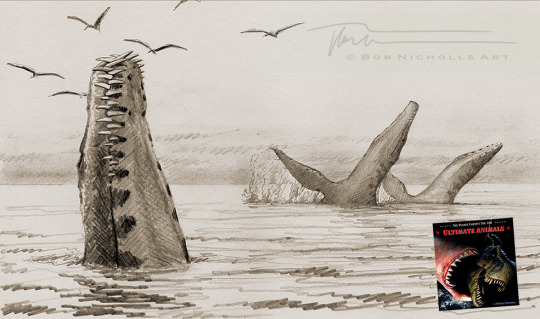
My 25 years of palaeoart chronology...
In 2004 I played with a book idea but never took it to a publisher. I did 100 draft drawings for the proposal (never completed), I'll post a few throughout today. Third is Kronosaurus.
#Art#Painting#PaleoArt#PalaeoArt#SciArt#SciComm#DigitalArt#Illustration#Dinosaurs#Birds#Reptiles#Palaeontology#Paleontology
162 notes
·
View notes
Text
I'm a squid biologist on a mission
To bring squid facts to you. To your friends. To your neighbors. To some random dude named Brad who you've never met.
How? The Squid Facts Project. It's a street art campaign and hotline that texts folks squid facts!

Only snag in this hair-brained plan is that texting people is kiiinda expensive. So! I teamed up with Philly artist Corey Danks to sell shirts to keep the hotline running. Every one of those shirt dollars helps deliver squid facts to people.
Like, over 70,000 people over the last year!!! Isn't that wild?

So anyway. Get a shirt. They're cool, *and* they keep people learning about squid. It's a beautiful thing.
Also, the backs have the squid facts hotline on them so by wearing these you're helping people learn about squid too.
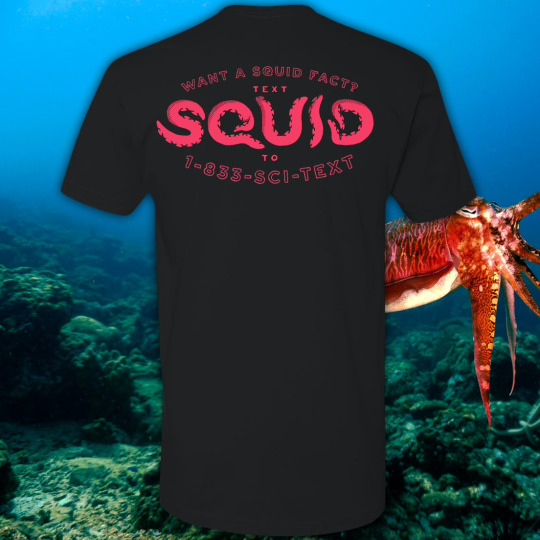
If you can't buy one, give us a reblog. I run a small science education nonprofit called Skype a Scientist, we're scrappy but trying so hard!!
#Squidtember#Squid#Cephalopods#science#marine biology#cephalopod#scicomm#sealife#marine life#squid facts#A lovely outfit for you#educational outfits?
8K notes
·
View notes
Text
You know what I hate about the internet? Sometimes people will just lazily slap a “citation” on an infographic and trust that they’ll be completely taken at their word and nobody is going to dig deeper. And it works all the time. As an example, please look at this photo someone posted to dispute my assertion that garlic can be toxic to dogs.
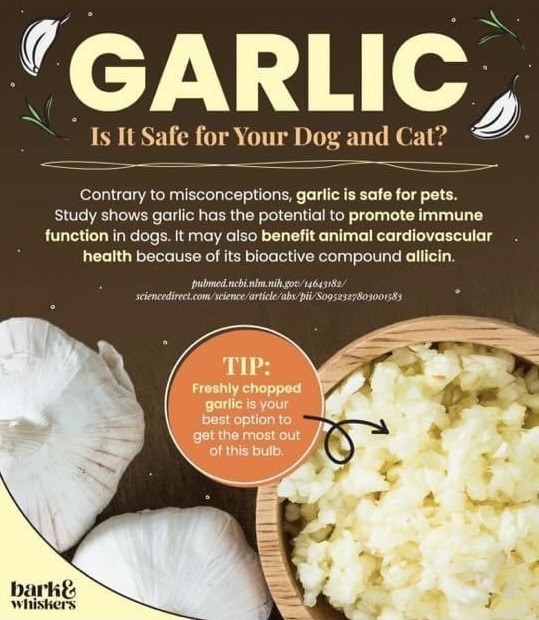
Okay well, kind of a pain to manually type in that link but obviously I am going to look into this study that is confident enough to recommend people feeding their dogs garlic. So here’s the article, kind of a weird journal choice for this graphic to reference from but looks like a legit (though 20 year old) study

Funny thing is, almost immediately this article acknowledges that garlic can indeed be toxic to dogs. The health benefits mentioned in the graphic are referring to human health, not canine. This section is literally in the introduction of the article and one of the first things you read. Emphasis here is mine.

Crazy to me that someone would imply that this article encourages giving dogs garlic when it in fact immediately asserts that doing so has the potential to cause hemolytic anemia. The article does explore the anti-thrombotic effects of garlic components in dogs and humans, but by no means does it say that “contrary to misconceptions garlic is safe for pets”. It is dishonest to assert this in an infographic. However the creator of the image correctly assumed nobody would check, because the person who posted it took it as fact without further investigation.
I am begging you to be skeptical. Check your sources. Check their sources. Check my sources. Learn how to dig deeper and exercise that muscle as much as you can, especially on the internet. You will be absolutely shocked how much misinformation is casually stated and received as pure fact.
#scicomm#vetblr#veterinary medicine#I already know people are going to say they like giving their dogs garlic and will continue to do so- whatever pls just don’t tell me 😭#sorry if the link doesn’t work for you you may need access#dogs#pets#science literacy#biology
5K notes
·
View notes
Text
if theres anything ive learned about science communication both online and offline its that people love unusually large or small versions of a creature. nothing really reaches across the barriers of age, education, or language like that does. if it has another interesting factor that seems mildly upsetting or surprising but not offensive to broad human cultural norms, that is a plus but its not required because even then for a single moment everyone is like damn, yeah, thats pretty big or small, and then even if they remember nothing else they might remember that the creatures are coming in Sizes. you know
#this post sounds like its about the titan arum but its actually about the double coconut at my workplace that looks like a butt#seedposting#scicomm#science communication
1K notes
·
View notes
Text
Reblogs = sample size etc etc
I'm aiming for informative, not funny - any context on how long is too long to bother watching would be nice as well so feel free to share in the tags
#youtube#twitch#scicomm#videos#video essays#my art#science#(context: im thinking about making a youtube channel again since all the informative videos about hiveminds are less than 5 minutes long)#(you cant even get into the drivers of eusociality in 5 minutes cmon)#but also i know i like my videos much longer than anyone else i know sooo
424 notes
·
View notes
Text
Woman Who Can Smell Parkinson’s Helps Develop Test
Joy Milne, 72, from Perth, Scotland, has a hyper-sensitive sense of smell, allowing her to be able to smell Parkinson’s disease, which progressively damages parts of the brain over many years.
She discovered her unusual ability when her late husband, Les, developed a different odour when he was 33. She described it as a ‘musky aroma’. That was 12 years before he was diagnosed with Parkinson’s. Les, who was a doctor, was determined to research the link between odour and Parkinson’s, and contacted Dr Tilo Kunath at the University of Edinburgh, who paired up with Professor Perdita Barran to begin the research. They determined that the reasons for a change in the scent of a person suffering the disease is due to a chemical change of the skin oil (sebum).
In the preliminary sessions, Milne was asked to smell T-shirts worn by people who had Parkinson’s and those who did not. She successfully identified all of the Parkinson’s patients, but told researchers that a member of the control group, a non-Parkinson’s patient, did smell like the disease. 8 months later, they were diagnosed with the disease.
Now, a team of researchers at the University of Manchester have developed a simple test involving a cotton bud swiped down the back of the neck that can identify those with Parkinson’s. The molecules on the cotton bud can be examined using mass spectrometry, which helps the diagnosis. This is a huge leap forward, as there is no definitive test for Parkinson’s, and a diagnosis is based on symptoms and medical history. Currently, there are no cures for Parkinson’s, but an early diagnosis can help begin the treatment early, lessening the speed of the deterioration.
Milne says she can sometimes smell that a person has Parkinson’s when walking down the street, but has been told by medical ethicists that she cannot tell them. She is continuing to work with scientists to see if she can smell other diseases, like cancer or TB, and hopes that one day her talent can be considered normal diagnosis.
Source: the Guardian, written by PA Media
#science#science communication#scicomm#stem#science education#biology#health#medical science#parkinson's disease
9K notes
·
View notes
Text

Quick dilophosaurus sketch to take off the edge
228 notes
·
View notes
Text

Exciting news: my podcast is back!
In 2018, Gabriel Ugueto (well known palaeo-artist and former herpetologist), Ethan Kocak (New York Times best-selling cartoonist and herpetoculturist), and I (a talkative herpetologist) decided that the world needed a herpetology-focused podcast that featured the latest big news in herpetological research, and took some deep, jargon-heavy dives into the nitty gritty of it all. So we started the SquaMates podcast.
We had a great deal of fun making the podcast, but in the wake of the panini, we struggled to find time for the show and coordinate recording schedules, and the show had to go on hiatus.
But now, after nearly two and a half years, we're back, and I venture to say we're better than ever! Hiral Naik, a snake ecologist from South Africa, has now joined us as a permanent co-host. Moreover, we're now recording and releasing the show in video on YouTube, as well as over normal podcast streams!
Episode 22 will drop on YouTube and podcast apps on Monday 12 February at 10:00 EST, 16:00 CET!
You can listen to the backlog at squamatespod.com, or on apple podcasts and other podcast apps.
I hope you enjoy the show!
354 notes
·
View notes
Text
Hey yall, welcome to my Tumblr gallery! Here are some of my most well known/favourite pieces of work I've made (alt text will tell you what's happening).
If you couldn't tell I have a focus on the reptilian side of palaeontology and especially subjects that have strong ties to aquatic environments.
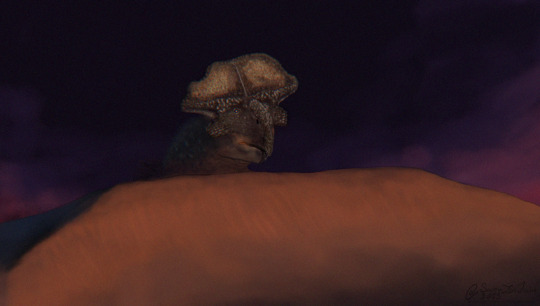




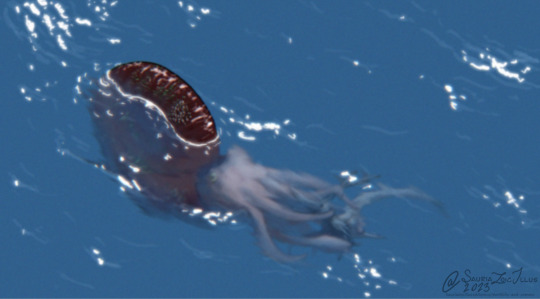




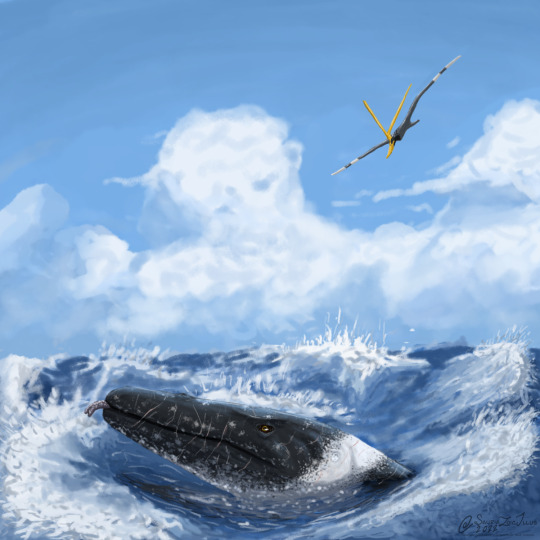


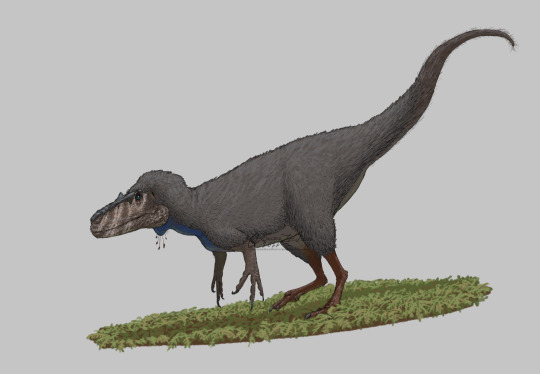

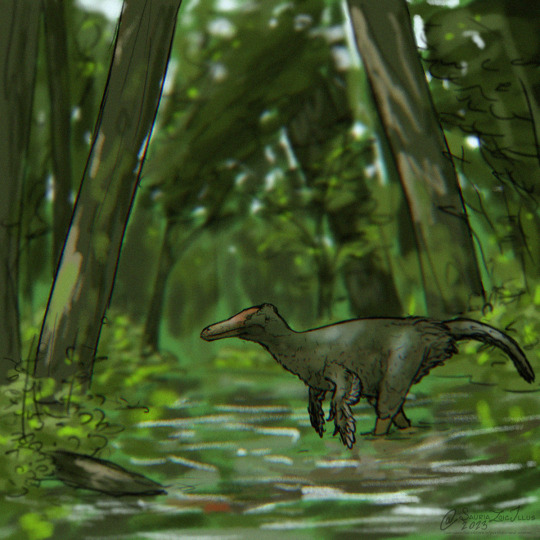
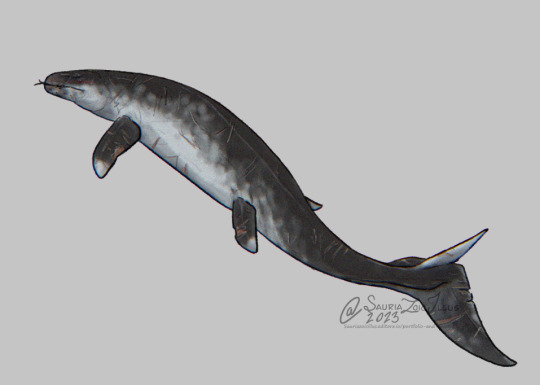
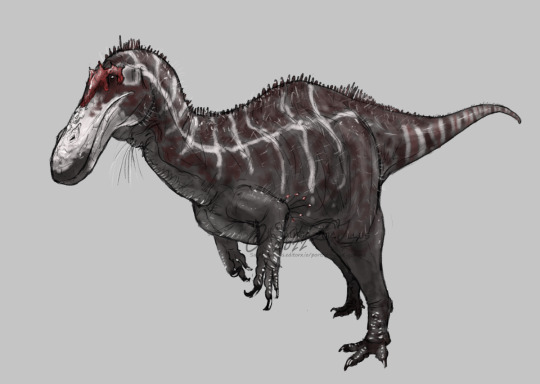

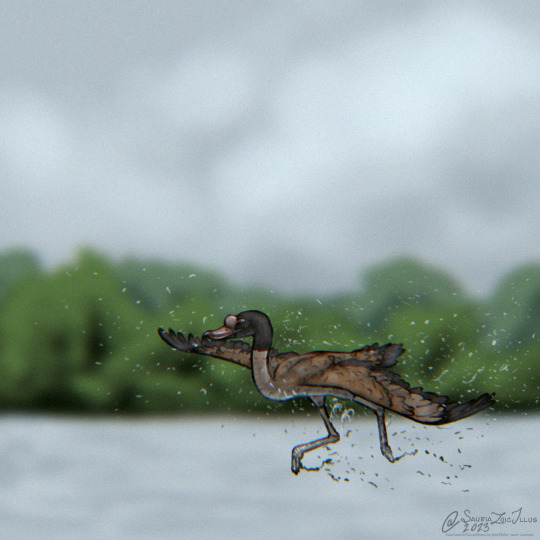

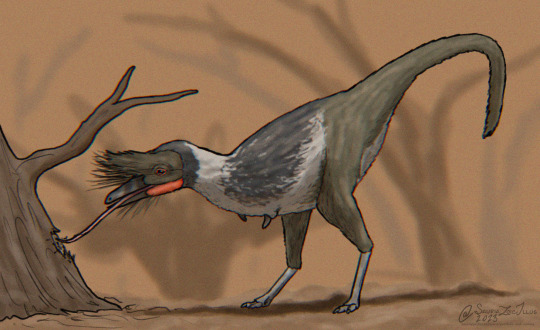



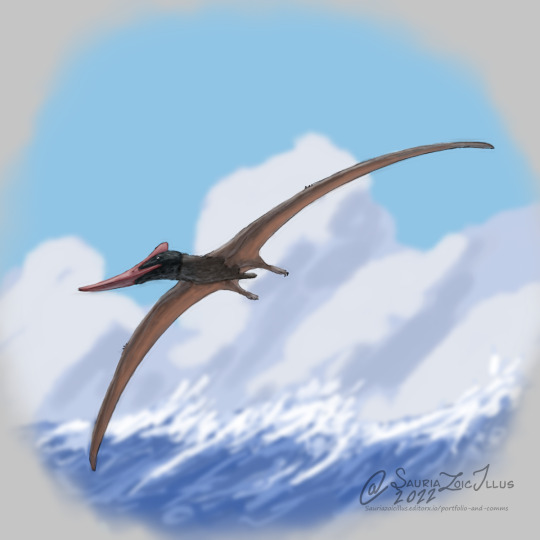

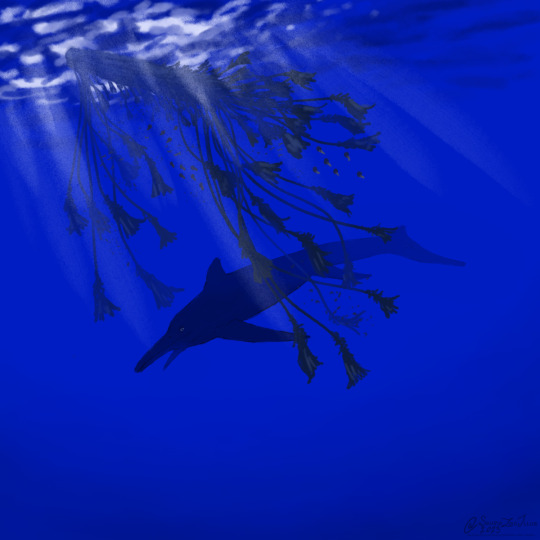
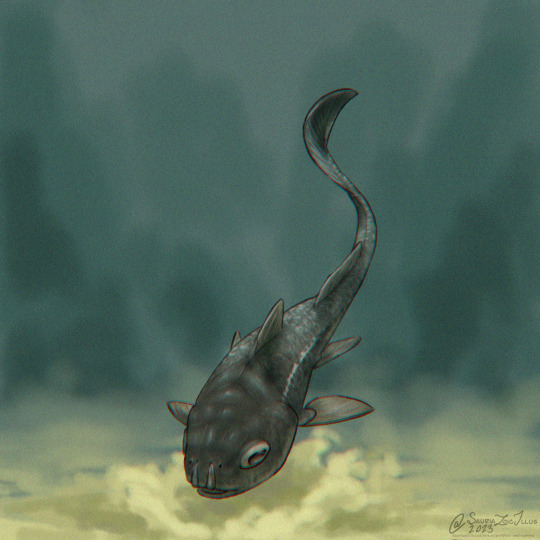
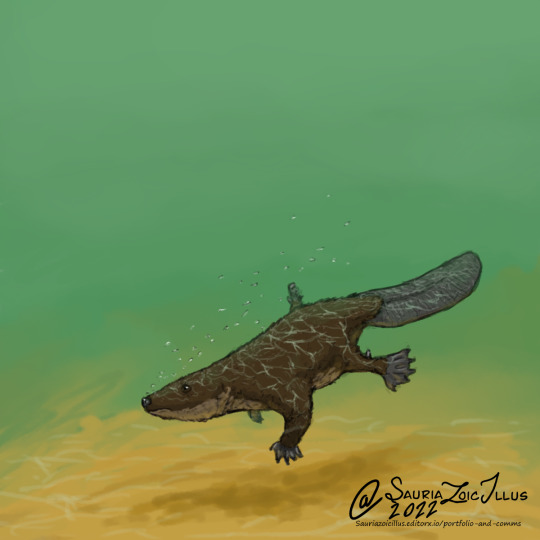
#paleoart#palaeoart#dinosaur#prehistoric#scicomm#sciart#biology#artwork#digital art#digital illustration#digital painting#drawing#portfolio#mammal#one of those artists who struggles to draw animals in any position other than looking right#long post#my gallery#alt text
747 notes
·
View notes
Text

Sedimentologist, Natacha Fabregas, using a microscope to check grain size
#portrait#portrait art#kells art#chalk#chalk pastel#chalk art#art#scicomm#science illustration#science art#science#illustration
60 notes
·
View notes
Text
A study that just came out demonstrates that outdoor cats are known to prey on over two thousands species of wild animal, from mammals to birds to insects. That includes 347 species that are endangered, threatened or otherwise of concern, and they've been a key factor of the permanent extinction of over 60 species. And while cats may not always bring home what they catch, chances are if your cat is allowed to roam unsupervised outside, they're killing your local wildlife.
Why is this so important? Worldwide, wild animal populations have decreased in number by 69% in the past fifty years; that means that in my lifetime (born in 1978), the sheer number of wild animals in the world has been decreased by over half. Even "common" wild species are less numerous than before. While habitat population is the single biggest cause of species endangerment and extinction overall, outdoor and indoor/outdoor cats are a significant cause as well. In fact, they are the single biggest cause of human-caused mortality in wild birds.
Most importantly, it's very, very simple to fix this problem: keep your cats indoors, and spay and neuter them. If your cat is bored, they need more enrichment, and there are plenty of ways to make your home more exciting for them, from bringing home cardboard boxes for them to explore, to playing with them more often. If you want your cat to get some outdoor enrichment, leash train them (yes, it can be done!) If you have the space and resources, build them a catio where they can be safe from outdoor dangers like predators and cars, while also keeping local wildlife safe from them.
If you just give into their whining and pawing at the door, then they know that that's what they have to do to get their way; I know it's a tough transition, but it's worth it in the end for everyone involved. Cats are domesticated, which means they are not native anywhere in the world; there are exactly zero ecosystems in which they belong, save for the safety of your home. It is your responsibility to give them an enriching environment without taking the shortcut of letting them go wreak havoc outside.
#cats#outdoor cats#feral cats#nature#wildlife#animals#ecology#environment#conservation#science#scicomm#birds#endangered species#extinction#domesticated animals#domestication#biology#animal behavior#animal welfare
8K notes
·
View notes
Text

My 25 years of palaeoart chronology...
In 2004 I played with a book idea but never took it to a publisher. I did 100 draft drawings for the proposal (never completed), I'll post a few throughout today. Fourth is Sarcosuchus.
#Art#Painting#PaleoArt#PalaeoArt#SciArt#SciComm#DigitalArt#Illustration#Dinosaurs#Birds#Reptiles#Palaeontology#Paleontology
60 notes
·
View notes
Text
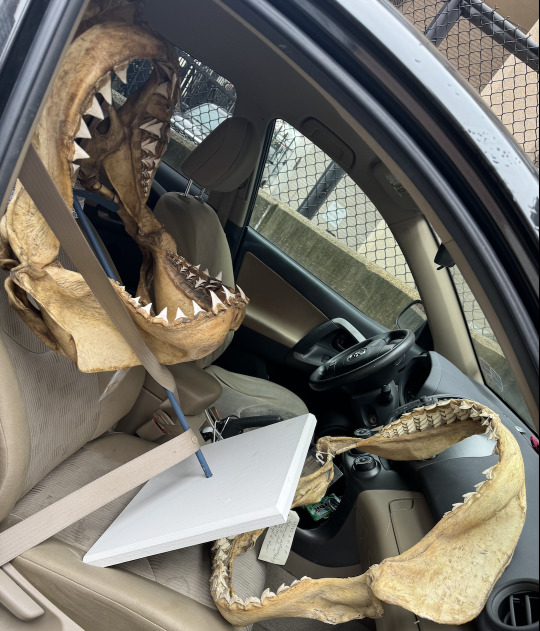
🎶 knee deep in the passenger seat... 🎶
613 notes
·
View notes
Text

Three days ago our paper about the history and impact of paleo topics in comics come out! In this richly illustrated publication we try to show how this specific art form can be utilized in #scicom

Dinosaurs have a long history in comics and like paleoart was influenced by paleontology so were comincs by paleoart. Resulting in many cases of - what we would now call - plagiarism but also a popularization of paleontological subjects...

A big plus for comics is their ability to weave scientific content into a narrative. Without being specifically educational they can introduce people to new concept and looks of deep time...

We can only scratch the surface here but as people who listened to Iacovos Le Du's #paleostreamcon talk will know: narratives and emotions are important and we sense an untapped potential here that thankfully is slowly being explored. We show several old and also very new examples!
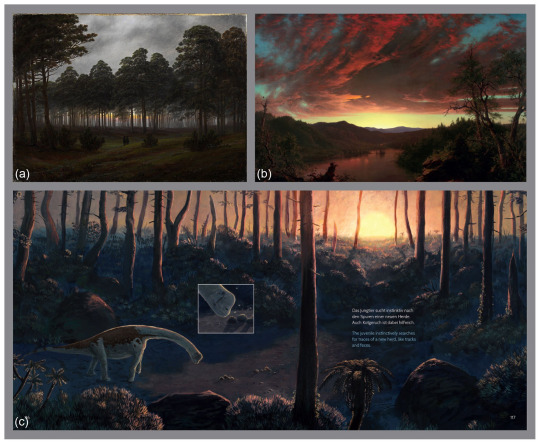
In the second part of our paper we look at how comics can do this, using our very own product, the Europasaurus graphic novel. We show what work influenced us, how we structured the book and how we balanced story and scientific content.
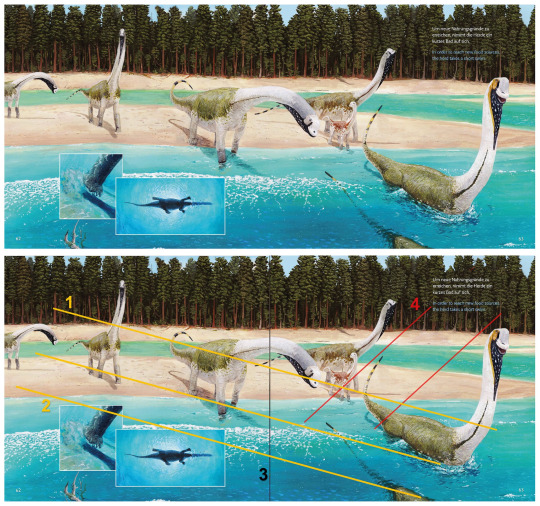
We also go into compositions and how we tell stories with relatively few panels, to guide the eye and inform the reader about what's going on

This also gives you a good look at our actual process that involved weekly Skype calls and lots of doodling but I think the composition of our team was also important. ;)
We end with thoughts and ideas on outreach, providing examples like our animated book chapters and exhibitions we organized or took part in.
youtube
Our paper is open access and can be found on Geoscience communications
#paleoart#sciart#paleostream#palaeoblr#dinosaur#dinosaurs#jurassic#sauropod#comic#scicom#scicomm#graphic novel#europasaurus#Youtube
205 notes
·
View notes
Text
The Top 6 Penis Bones in Archaeology

Video on YouTube here: https://youtu.be/h3I9ny2O8XI
It's got dickbones, non-dickbones, cool archaeology, paleontology, and biology, some more wangs, and a few jokes. Check it out and share it with friends!
#archaeology#scicomm#baculum#bacula#dick bones#bony wangs#prehistory#history#domestication of dogs#bone tools#zooarchaeology#paleontology#La Brea Tar Pits#Knossos#Anderson Site#Amsterdam#bone jokes
64 notes
·
View notes